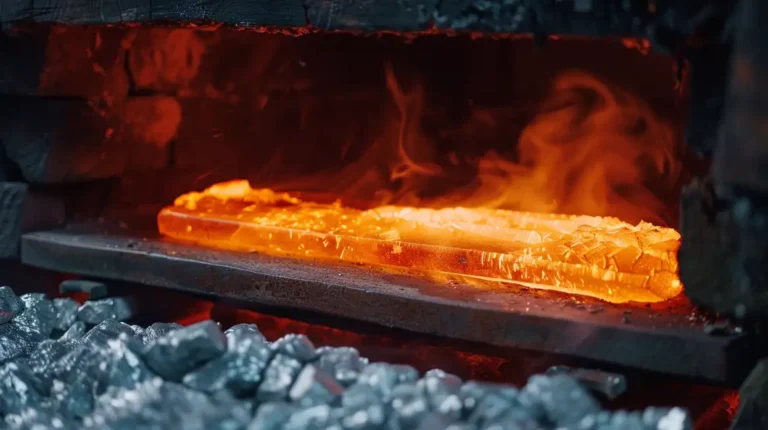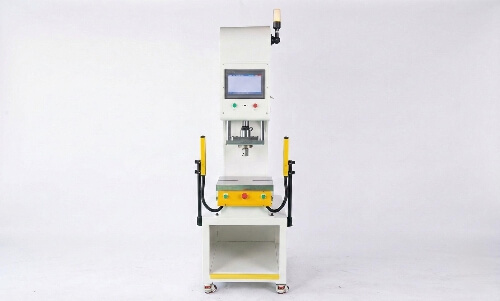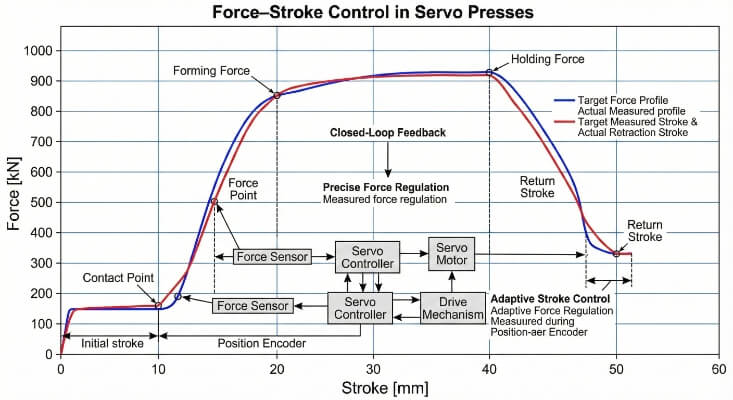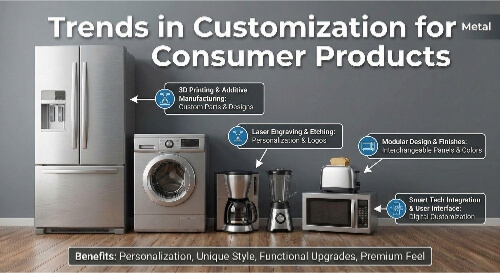Prototyping and manufacturing involve various heat treatment processes, which can significantly impact the properties of metals. We are often asked what the difference is between tempering and anodizing. Although these processes may seem similar, they serve different purposes. Understanding the subtleties can help you make informed choices for your project.
Heat treatment methods are used to change the physical properties of metals. Both involve heating and cooling. However, tempering is usually done after hardening to reduce the brittleness of metals, while annealing is used to soften and improve the flexibility and usability of metals.
Knowing which process is best for your project will help you make the right choice. Incorrect application can result in suboptimal outcomes, affecting both the quality of the final product and its performance.

Understanding the Basics
What is Annealing?
Definition and Purpose
The annealing process involves heating metals to a specific temperature, maintaining them, and slowly cooling them.
This process is used to soften metals, making them more pliable. They are also less likely to break or crack. This process relieves any internal stresses created during previous manufacturing steps.
What is the importance of annealing?
Metals that need extensive machining and forming require annealing. The annealing process softens metals, making them easier to form and reducing the chance of damage. The metal is also better able to withstand further manufacturing processes without losing structural integrity.
What is Tempering?
Definition and Purpose
The tempering process increases the strength of metals after they have been hardened. The metal is heated to a temperature just below its critical point and then allowed to cool. This process decreases the brittleness while maintaining a large amount of hardness in the hardened metal.
Tempering is the process of achieving a balance between toughness and hardness to make a metal suitable for practical uses.
What is the importance of tempering?
Tempering is necessary to address the brittleness often associated with the hardening procedure. While hardened metals are strong, they can also be too brittle to use in many applications. We can temper the metal to reduce its brittleness while increasing its toughness. This makes it more resistant to impact and wear.
The Annealing Process
Types of Annealing
Full Annealing
The complete annealing process involves:
- Heating metals to temperatures above their critical points.
- Maintaining this temperature to transform the microstructure.
- Cooling them slowly in an oven.
This type of annealing produces a soft, malleable metal ideal for further machining or forming.
Process Annealing
The annealing process, also called intermediate annealing, takes place below the critical temperature.
This type of annealing restores ductility to metals that have been work-hardened, allowing them to be cold-worked without breaking or cracking.
Spheroidize Annealing
Spheroidal annealing aims to create a rounded or spherical form of carbides within the steel.
This type of annealing involves heating for a long time at a temperature just below critical. This results in a soft and pliable metal, making it easier to machine.
Annealing Process: Key Steps
Heating
This is the first step of annealing. The temperature will depend on the metal type and desired properties. The metal must be heated to the correct temperature to reach the required microstructure transformation.
Holding
The metal is then held at the temperature desired for a specified period. This time allows for the metal’s internal structure to be homogenized and internal stresses to be relieved.
Controlled cooling
After soaking, the metal is cooled down at a controlled pace. The rate of cooling is crucial in determining final properties. Slow cooling in a furnace ensures that the metal is soft and pliable.
Materials suitable for Annealing
Metals Frequently Annealed
Different metals, such as steel, copper, and aluminum, can be annealed. The annealing of each metal has different benefits, such as improved workability and mechanical properties.
Benefits to Annealing Specific Metals
- Steel: Annealing improves the elasticity of steel, making it easier for you to shape and cut.
- Copper: Annealing increases the flexibility and pliability of hardened copper. This allows for further deformations without cracking.
- Aluminum: The annealed aluminum becomes more malleable and more accessible to shape. This is useful in many manufacturing processes.
- Brass: By annealing brass, its hardness and fragility are reduced. This makes it better suited for complex machining and shaping operations.

The Tempering Process
Types of Tempering
Low-Temperature Tempering
Low-temperature tempering is done at temperatures between 150degC and 300degC. This reduces the brittleness while maintaining a considerable amount of hardness. This tempering method is best for tools that must be highly resistant to wear.
Medium Temperature Tempering
The medium temperature tempering takes place between 300degC to 500degC. This process is a balance between toughness and hardness. It’s ideal for structural components that need to withstand stress and impact.
High-Temperature Tempering
The high temperature tempering between 500degC to 650degC increases the toughness and reduces the metal’s hardness. This type of tempering can be used on significant components or parts subjected to heavy loads and impacts.
The Tempering Process: Key Steps
Heat to below-critical temperature
The first step is to heat the metal below its critical temperature. This controlled heating alters the metal’s microstructure to reduce brittleness without compromising hardness.
Holding Temperature
After the metal reaches a specific temperature, it’s held at that temperature or soaked for a specified period. During this time, the microstructure is stabilized, and the properties of toughness and hardness are balanced.
Cooling Air Rate
After holding the metal, it is allowed to cool down at a rate of air. This controlled cooling allows the metal to retain the properties it achieved through tempering. The cooling rate can vary depending on the requirements and intended use of the metal.
Materials suitable for Tempering
Commonly Tempered Metals
Steels such as carbon steel, tool steel, and alloy steel are all commonly tempered. Tempering can improve the mechanical properties of other metals, such as cast iron.
Benefits of Tempering Specific Metals
- Carbon Steel: Reduces brittleness while increasing toughness. This makes it an ideal material for structural components and tools.
- Alloy Steel: Tempering alloy steel increases its strength and toughness. This is important for applications in the automotive and aerospace industries.
- Tool Steel: Tempering tool steel balances hardness with toughness to ensure that tools can resist high stress and wear.
- Cast Iron: Tempering cast iron improves impact resistance and reduces stress cracking.
Annealing vs Tempering: Comparison
Here is a quick comparison of annealing vs tempering:
| Aspect | Annealing | Tempering |
|---|---|---|
| Heat Levels | Heating above the critical temperature. | Heating below the critical temperature. |
| Duration of Process | Longer duration with slow cooling to achieve softness and ductility. | Shorter duration with air cooling to balance hardness and toughness. |
| Cooling Methods | Slow cooling, often in a furnace, to achieve a soft and stress-free state. | Air cooling to retain some hardness while increasing toughness. |
| Hardness of Material | Results in a softer, more ductile metal, making it easier to machine and form. | Reduces brittleness of hardened metals but retains some hardness, providing a balance between strength and ductility. |
| Toughness of Material | Improves workability but does not significantly enhance toughness. | Increases toughness, making the metal more resilient to impacts and stresses. |
| Applications in Industry | Used where metals need to be easily shaped, such as in the manufacturing of automotive parts, household appliances, and construction materials. Prepares metals for further cold working processes. | Commonly used in the production of tools, machinery parts, and structural components that require a combination of hardness and toughness. Ensures components can withstand wear, tear, and mechanical stresses. |
When to use annealing instead of tempering?
Both annealing and tempering are used for different purposes, depending on the desired properties. When to use annealing rather than tempering:
For increased elasticity and softness
When you want to increase a metal’s ductility or softness, annealing is the way. This is important, especially when the metal will be subjected to extensive machining, shaping, or bending. The metal becomes more easily handled by reducing its hardness and making it pliable.
How to relieve internal stress
When the goal is to reduce internal stresses in the metal, annealing is preferred. These stresses may develop from various manufacturing processes, such as welding, cold working, or casting. We can avoid warping and cracking due to internal stresses by annealing.
Prepare Metals for Further Processes
The metal must be annealed for further processing, such as cold-working or shaping. The metal is more malleable and can be deformed without risking breaking or cracking.
Enhancing Electrical Conductivity
Some metals, like copper and aluminum, are annealed to improve their electrical conductivity. Annealing softens metals and relieves internal stresses. This improves their ability to conduct electricity.
Improve Machinability
If the metal is to be cut or drilled, then annealing will improve its machinability. Softer metals can be machined more efficiently, improving finishes and reducing tool wear.
Conclusion
Understanding the difference between annealing, tempering, and other heat treatment processes is essential before selecting the right one for your project. The annealing process softens metals and increases their flexibility. It also relieves stress, improves machinability, and reduces the amount of heat that is generated. This is ideal for extensive machining. Tempering increases the toughness of hardened metals and reduces their brittleness, which ensures durability.
Do you need a reliable sheet metal parts manufacturer? Shengen is the place to go. We specialize in sheet metal laser cutting, bending, surface finish, and CNC Machining. Reach out to Shengen Today and seek help from professionals!
FAQs
What are the temperatures used in tempering and annealing?
Annealing involves heating metals to temperatures above their critical temperature, varying from 700degC to 900degC based on the metal type. In contrast, tempering involves heating the metal below its critical temperature, usually between 150degC and 650degC, depending on the desired hardness and strength.
What is more expensive, tempering or annealing?
The cost of tempering and annealing can vary depending on your specific needs and the scale of the process. Generally, annealing is more expensive because of prolonged heating and cooling times.
What is the role of annealing and tempering in steel microstructure?
The microstructure of steel is transformed by annealing. It is heated above critical temperature and then cooled slowly. This refines the grain, making the steel pliable and resistant to internal stress. Tempering changes the microstructure of steel that has already been hardened, decreasing brittleness while increasing toughness.
Can Annealing be combined with other heat treatments?
You can combine annealing with other heat treatment methods. You can anneal a softer metal for further shaping and machining. Then, you can harden and temper the metal to get the desired properties.
What is the most cost-effective heat treatment for bulk metal processing?
The application-specific requirements will determine the most cost-effective method of heat treatment. The annealing process is a cost-effective solution for metals that require intermediate softening in multiple stages of cold work. Tempering after hardening is an economical option for metals that need a balance between hardness and toughness.
More Resources:
Steel Microstructure – Source: The Fabricator
Machinability of Metals – Source: Engineering Tool Box
Combining Heat Treatments – Source: Science Direct
Hey, I'm Kevin Lee

For the past 10 years, I’ve been immersed in various forms of sheet metal fabrication, sharing cool insights here from my experiences across diverse workshops.
Get in touch

Kevin Lee
I have over ten years of professional experience in sheet metal fabrication, specializing in laser cutting, bending, welding, and surface treatment techniques. As the Technical Director at Shengen, I am committed to solving complex manufacturing challenges and driving innovation and quality in each project.




